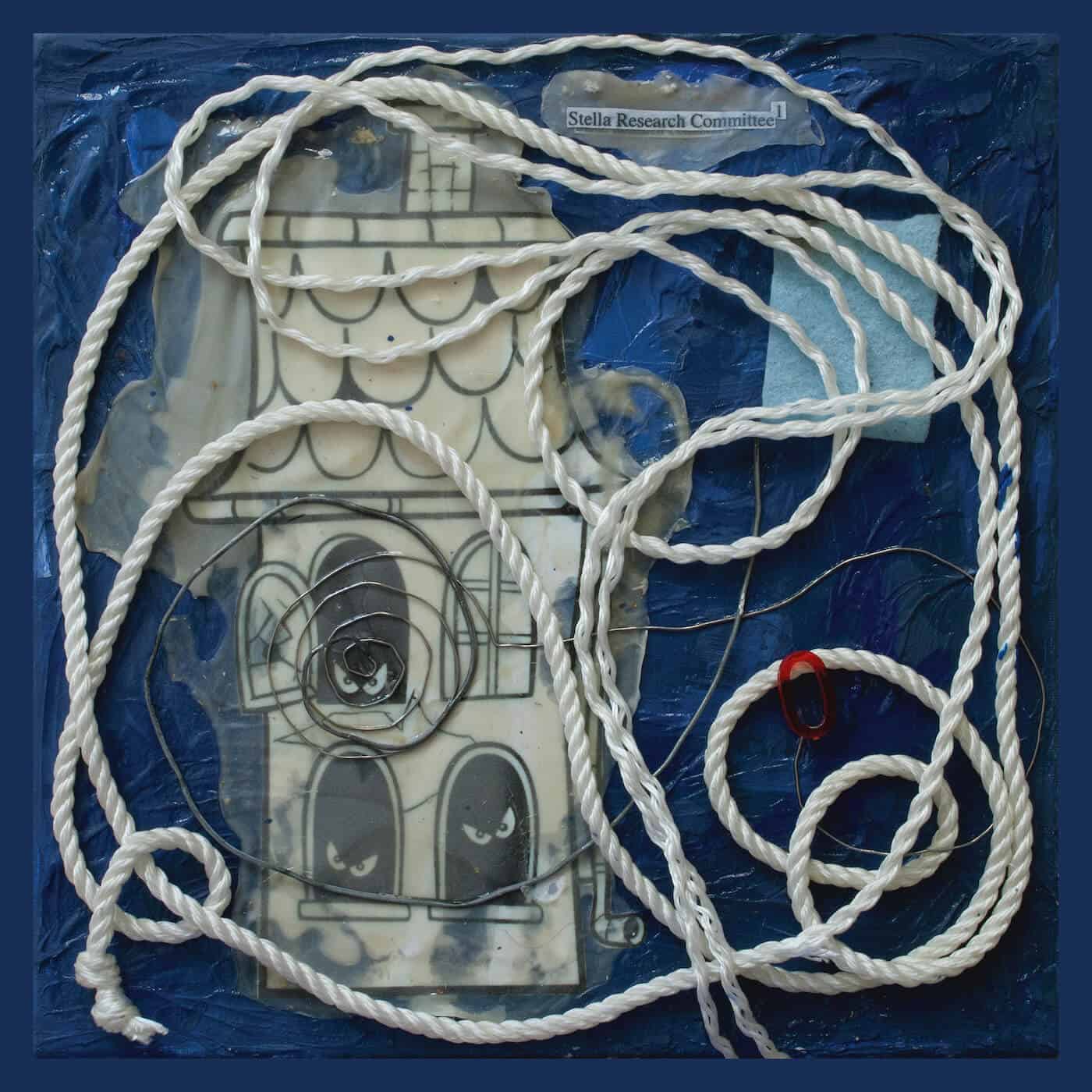Next month will mark the 40th anniversary of the Exploited’s first record, on which they declared (in title and opening track) that “punk’s not dead.” Even at the time it felt a bit defensive but the song coined a slogan that has continually been graffiti’d ever since.
Forty years is almost as long as the lives of Darby Crash and Sid Vicious combined, a healthy run for a movement that was supposed to be about burning fast and dying young. Setting aside the question of whether punk is really not dead or if it should or shouldn’t be, the fact that almost from the beginning a small cadre of New Yorkers were kicking punk in the ass faster than Hilly Kristal could get CBGB’s t-shirts printed needs to be preserved as part of the punk pantheon.
Punk in the 2020s isn’t all bad, of course. Dutch band the Ex has kept an honest flame burning since two years before the Exploited’s debut and London’s Shame (whose members were born about 20 years after punk first didn’t die) released their second album in January, proving promise can still be found in punk if you poke it hard enough. But while punk started as a volatile reaction against the perils of the status quo (boredom being chief among them), it generally relied and relies on tried, true, tired and trite tropes. If punk was supposed to be a reaction against, it still bought into the formula. In NYC, however, such bands as the Contortions, D.N.A., Mars and Teenage Jesus and the Jerks trashed the verse/chorus, I/IV/V patterns that the punks lifted off Chuck Berry and created a new kind of maelstrom.
Those four bands are preserved in amber thanks to the Brian Eno–produced 1978 album No New York, but the scene was bigger than that and overlapped heavily with the film and visual art coming out of the Lower East Side at the time. All of that is ancient history, but it’s coming to the surface out in Ohio. CBGB’s has become an airport restaurant, but in the buckeye state they apparently still believe in things.
“A Proposed Method for Determining Sanding Fitness,” the new album by Stella Research Committee. is a pile driver of a record, 43 minutes of pounding noise that manages to be ridiculously catchy. The band owes more than a little to no wave legends D.N.A., the under-recorded trio of Arto Lindsay, Ikue Mori and Tim Wright. Kevin Hall’s urgent, caught-in-the-throat vocals recall Lindsay’s pursed poetics and Tony Squeri’s gurgling synths bring Lindsay’s 12-string guitar skronk to mind. Lauri Reponen’s solid snare cracks and sparse cymbal blasts keep the band from flying entirely off the tracks, which is good because they sometimes seem to be screaming along with the brake cables cut. Hall’s guitar is brittle with little lines between the lyrics that are almost solos and almost hilarious, but Fitness is really a synthesizer record, although it doesn’t sound like it. The mastering by James Plotkin (Khanate, Phantomsmasher) ensures it explodes.
Fitness is the band’s fifth album but the first under their new name. The raw power trio was previously known as Stella and adding the “Research Committee” seems to have made them get serious. It came out March 2 on vinyl, cassette and download and available through their Bandcamp page. It’ll make you a believer.











